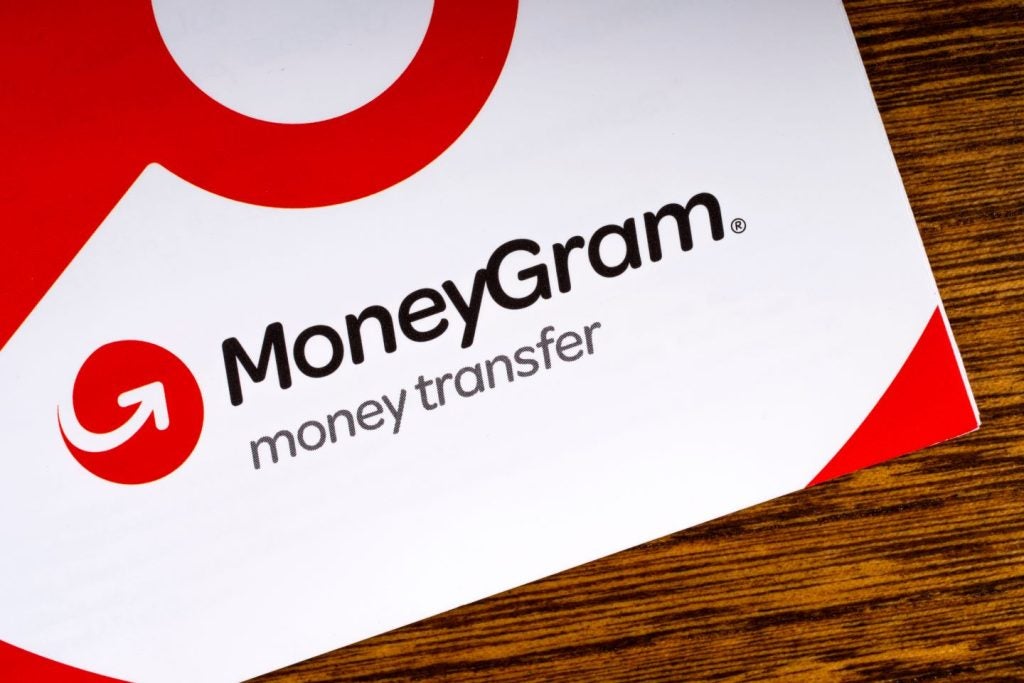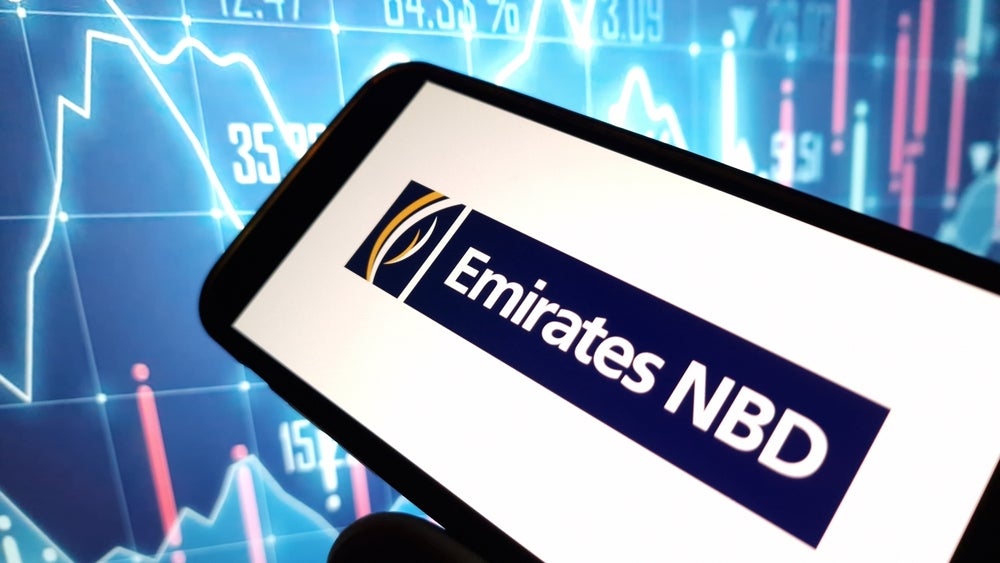Swedish consumers are prolific payment card users. The average monthly card transaction volume and the average annual spend per card are higher in Sweden than in other mature European markets such as the UK and Germany, although they lag behind Sweden’s Nordic neighbours of Denmark, Norway and Finland
Payment card use in Sweden has been driven by concerted efforts by the government and banks, and consumer willingness to adopt them. As a result, payment cards are gradually replacing cash, and are now used even for small-value transactions.
In Sweden, card-based payments overtook ATM cash withdrawals in 2002. The increase in POS terminals has been parallelled by a substantial rise in the use of payment cards, with POS card transactions increasing substantially to 3.2 billion in 2016; they accounted for 95.6% of overall payment card transactions, indicating the overall change in consumer preferences.

Transition to cashlessness supports growth
The Swedish government has taken initiatives to bring the entire population into the banking system and to encourage cashlessness. As of 2016, 100% of the population aged 15 or over had a bank account. This resulted in the high penetration of products such as debit cards.
The government’s focus on a cashless society – supported by retailers’ reluctance to accept cash – led to an overall increase in payment card transaction volumes. Retailers such as Kungsaengen, mobile phone retailer 3 and mobile service provider TeliaSonera no longer accept cash.
Measures to tackle deflation
The central bank of Sweden is using the repo rate to tackle deflationary pressure. The repo rate was gradually reduced from 1.25% in December 2010 to zero in October 2014, a rate that was maintained until the end of 2014. Bank lending grew as a result, leading to an increase in consumer spending and economic growth.
To combat deflationary pressure, the central bank cut the repo rate again to -0.10% for the first time in February 2015, and to -0.35% in November 2015. As of November 2016, the repo rate was -0.50%. The move led consumers to spend rather than save money, and is expected to drive payment card transaction volumes and values.

Contactless still at a nascent stage
Despite prolific use of payment cards, adoption of contactless is still lower in Sweden than in other European countries such as the UK and France; the number of contactless cards was 1.5 million in 2016.
The low adoption of contactless is primarily a result of lack of promotion by banks. However, with ICA Banken and Danske Bank issuing contactless cards, the number is expected to gradually rise to 15 million by 2021.
E-commerce to support payment cards
Sweden is the second-largest e-commerce market in the Nordic region after Denmark, in terms of transaction value. The Swedish e-commerce market recorded a review period (2012–2016) CAGR of 7.05%, rising from $8.9bn (SEK60.6bn) in 2012 to $11.7bn in 2016. Rises in internet and smartphone penetration and investment in online payment infrastructure supported this growth.
Swedish consumers still prefer traditional payment methods such as cards, credit transfers and direct debit for online purchases. According to a 2014 central bank study, debit cards were the most preferred payment method for online purchases.
However, emerging methods such as digital wallets and m-payments – including mobile wallets and carrier billing – are increasingly being used for e-commerce transactions. In Sweden, QR code-based mobile payment solutions are available for retailers and online traders, enabling cardholders to pay directly by mobile phone.







